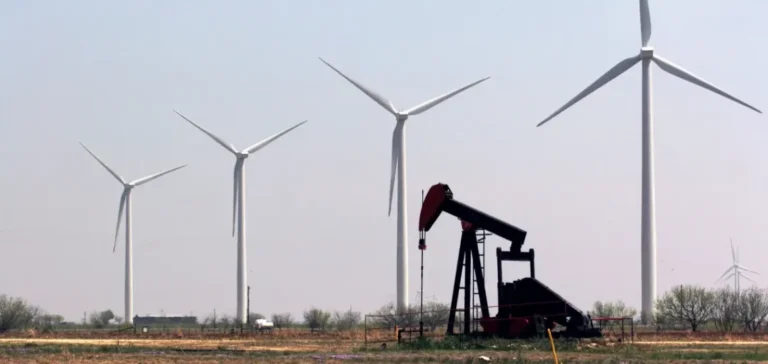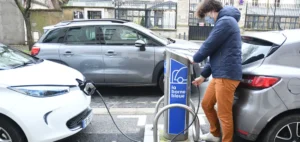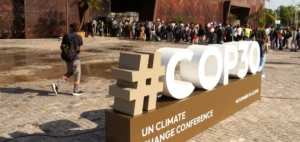Electricity consumption on the Texas grid operated by the Electric Reliability Council of Texas (ERCOT) reached an unprecedented level during the first nine months of 2025. The grid covers approximately 90% of the state’s electricity load. Between January and September, demand rose by 5% compared with the same period in 2024, totalling 372 terawatt-hours (TWh), or 23% more than in 2021. This growth places ERCOT as the fastest growing grid in the United States over the period.
Utility-scale solar quadruples in four years
In response to the increase, renewable sources, mainly wind and utility-scale solar, have been the most dynamic segments of power generation. Utility-scale solar reached 45 TWh in the first nine months of 2025, a 50% increase over 2024 and nearly four times the output recorded in 2021. Wind power generation reached 87 TWh over the same period, up 4% year-on-year and 36% more than in 2021. Combined, wind and solar met 36% of ERCOT’s electricity demand.
Natural gas sees declining share in the mix
Despite an increase after 2021, electricity generation from natural gas has stabilised since 2023. It reached 158 TWh between January and September 2025, compared with 161 TWh in 2023. Natural gas remains the grid’s primary electricity source, accounting for 43% of generation over the period, down from 47% in both 2023 and 2024.
Solar reduces midday reliance on gas
Hourly generation patterns have shifted notably, especially during summer. From June to September 2025, solar output averaged 24 gigawatts (GW) between 12:00 p.m. and 1:00 p.m., compared with 12 GW at the same hour in 2023. This increased availability reduced natural gas’s share to 37% at that time, down from 50% two years earlier.
Batteries support the grid during solar decline
Since October 2024, ERCOT has separately tracked battery contributions in its hourly data. In summer 2025, battery storage delivered an average of 4 GW between 8:00 p.m. and 9:00 p.m., partially offsetting the evening decline in solar output. Energy storage has become a functional tool to balance peak loads on the grid.
Projections indicate this trend will continue. Electricity demand on the ERCOT grid is expected to grow by another 14% between January and September 2026, reaching 425 TWh during that period, according to the October Short-Term Energy Outlook.






















